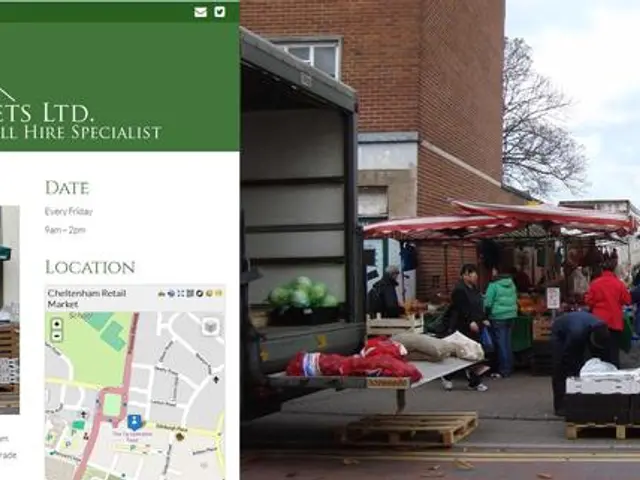Warning Signs in Client Relationships: Unforeseen Issues that Erode Time, Money, and Tranquility (DesignDash Podcast)
On August 14, 2025, an insightful article penned by John Smith and Emily Johnson was published on our website, shedding light on the importance of recognising client red flags in the business of interior design.
One of the key red flags highlighted in the article is clients who fixate on price early in conversations. Such clients may not value the work that goes into design, procurement, and project management, potentially leading to arguments over fees at every invoice.
Another red flag is disrespect, demeaning language, or "gotcha" behavior. This type of conduct should not be tolerated. Addressing this issue involves pausing the project, resetting the tone in writing, naming the behavior that won't be accepted, outlining communication expectations, and documenting consequences.
Clients who only talk cost and never discuss craft, lifestyle, or priorities may not value the process that makes a home sing. It's crucial to define roles early, present options in curated sets, and move choices into structured reviews with deadlines to manage micromanagement.
Late-night texts, "urgent" DMs, and rapid-fire email threads can indicate a client who won't respect time or focus, potentially leading to creative work suffering and burnout. Putting everything in writing, from the project map to communication guidelines, meeting cadence, and change-order policy, can help manage red flags.
Meeting only an assistant, property manager, or partner and never the decision maker can lead to changes in tastes, rules, and timeline mid-project. A solid process is crucial for a design firm, and clients who insist on skipping steps, bypassing approvals, or wanting sourcing and installation without documentation can take control of the project.
Impatience and entitlement, such as expecting immediate replies or demanding weekend site visits, can signal a one-way street in a client-designer relationship. Setting office hours and acceptable channels in writing, routing everything through a shared project inbox or portal, and using an escalation rule can help manage client communication.
If a client still wants wholesale pricing and concierge service, they may not be the right fit for the design firm. Pricing accordingly with rush fees, weekend premiums, or compressed-schedule surcharges can help manage pressure and red flags.
The article also emphasises the importance of using a fit checklist during the discovery phase that covers decision makers, budget range, timeline realism, and respect for the process. This can help identify potential red flags.
Lastly, building a client roster you're proud of involves reading the flags, acting early, and backing your process. Exiting cleanly with clear contract language, written notice, a tidy handoff, and a closed loop with the team can help manage toxic clients.
By being aware of these red flags and taking proactive steps to address them, interior designers can build a client roster they're proud of and ensure a smoother, more profitable, and less stressful work life.








